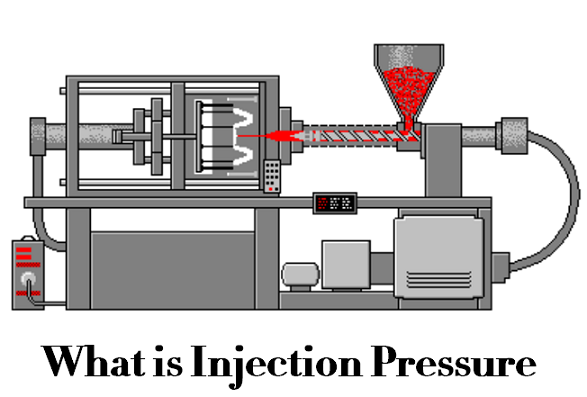Die casting pressure can be indicated by injection pressure and injection force. What is injection pressure in die casting and how to calculate it? Understanding injection pressure to find the most appropriate value used for the casting process.

What is Injection Pressure in Die Casting?
Die casting pressure is one of the main parameters in the die casting process. The pressure in the process of die casting is generated by the pump. The pump transmits the working liquid to the injection piston through the accumulator, and then the injection piston is applied to the metal in the pressure chamber through the injection punch. The pressure acting on the metal liquid is the main factor to obtain castings with dense structure and clear outline. Therefore, it is necessary to understand and master the change of the pressure acting on the liquid metal in the die casting process, so as to correctly use the pressure in each stage of the die casting process and reasonably select the value of the pressure.
Injection pressure refers to the static pressure received by liquid metal per unit area in the pressure chamber during the injection. Injection force refers to the force that the working fluid in the injection cylinder of the die casting machine acts on the injection punch to push the liquid metal to fill the mold cavity. Injection pressure can better reflect the concept of force when liquid metal flows through different sections at each stage of the filling in the die casting process. Therefore, die casting pressure usually refers to injection pressure.
How to Calculate Injection Pressure in Die Casting?
Here is the formula of die casting injection pressure.
P= F/A = 4F/πD2
In this formula,
P is Injection Pressure;
F is Injection Force;
A is Sectional area of injection punch;
D is the Injection cylinder diameter.
The injection force is the force that the working fluid in the injection hydraulic cylinder pushes the injection piston to move. When the injection force is determined, different specific injection pressure can be obtained by selecting different punch diameters; By changing the pressure of the working fluid, the injection force and injection specific pressure can be adjusted.
The injection force can be changed by adjusting the oil filling pressure of the nitrogen cylinder. During die casting, the injection force shall be adjusted according to the die casting effect, and qualified products can be extruded. Lower injection force is beneficial to prolong the service life of the machine. When the mold runner design is unreasonable, even if the pressure is increased, the molding is not necessarily good. Those experienced in mold design will use a larger nozzle to minimize the resistance of the mold channel and use a lower injection specific pressure, which has a better effect.
Defects of too high die casting injection pressure:
1. Surface burrs
2. It will lead to premature cracking of the die and reduce the service life of the die
3. Serious flying material or high pressure will affect the service life of die casting machine to a certain extent
4. If the product has a needle or insert, it is easy to lead to a broken needle or insert, and the utilization rate of the machine is low
5. If the pressure is too high to lock the mold, the high-temperature aluminum material flying out is easy to burn people
Defects of too low die casting injection pressure:
The product is easy to produce filling dissatisfaction, sand hole, cold separation, shrinkage, and other defects.
More considerations about the injection pressure:
1) Structural characteristics of die casting parts: thin wall parts, complex parts, and parts with poor machinability are higher than pressure separation; Thick wall parts, simple parts, and parts with good machinability are lower than pressure separation.
2) Inner gate speed: the inner gate speed is required to be higher than that of pressure selection.
3) Gating system: high resistance, long process, higher than pressure separation.

